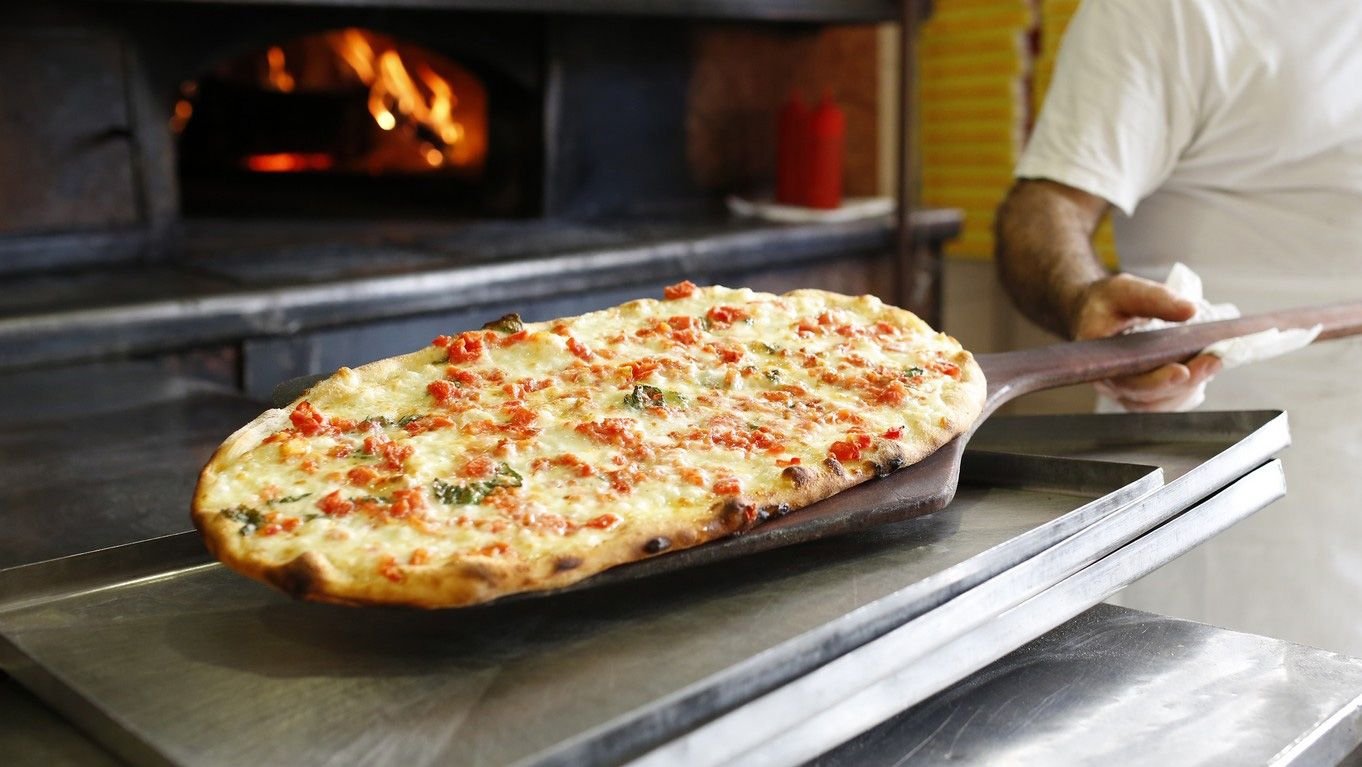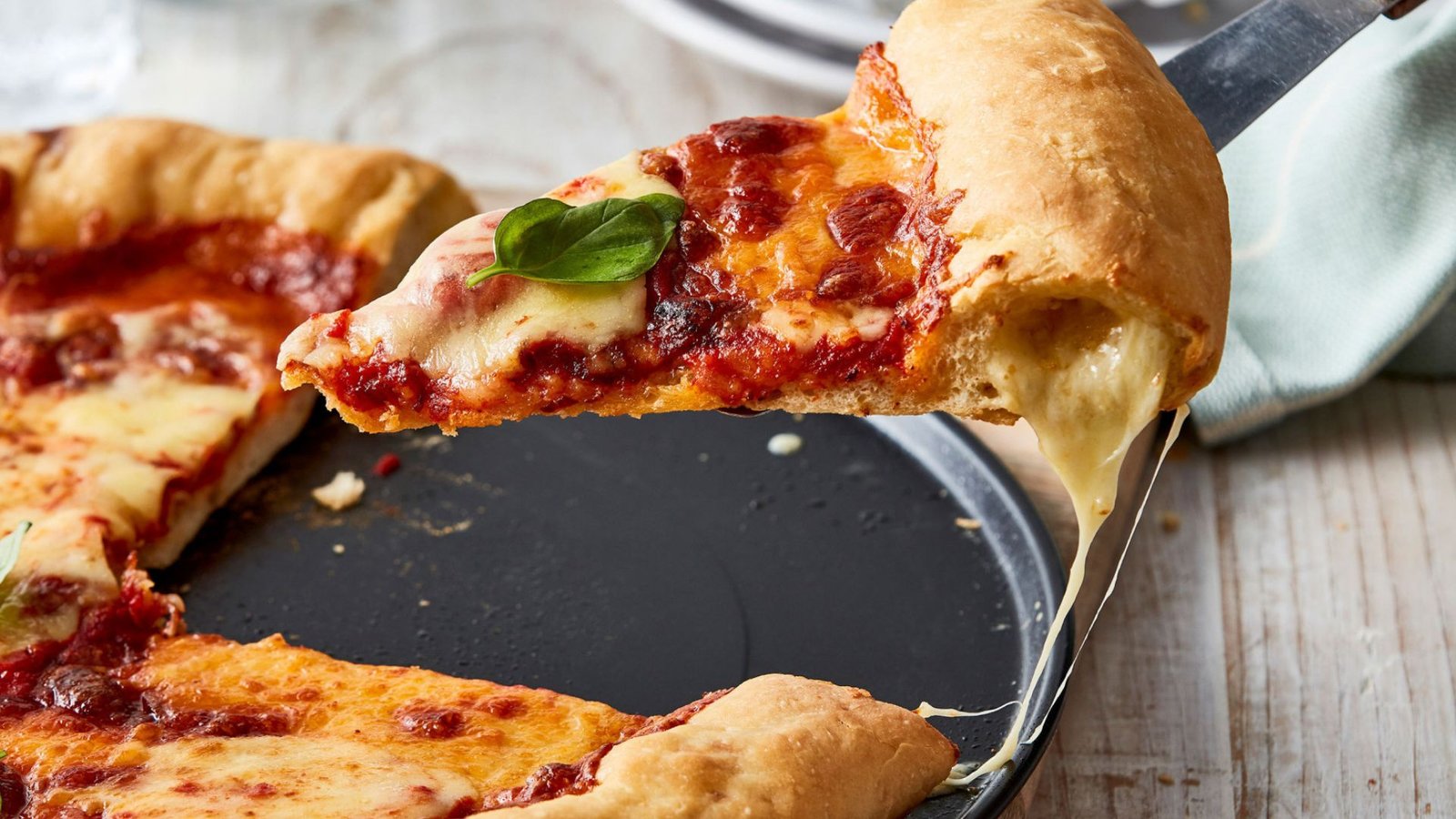Pizza, a beloved dish with a simple foundation of dough, sauce, and cheese, has evolved into a versatile canvas for culinary creativity. From traditional recipes to innovative fusion cuisines, pizza allows chefs and home cooks alike to experiment with diverse ingredients, flavors, and techniques. This article explores how pizza serves as a platform for culinary innovation, highlighting various creative approaches and trends that continue to redefine this iconic dish.

The Versatility of Pizza Dough
Traditional and Modern Dough Varieties
The foundation of any pizza is its dough, and variations in dough recipes provide a starting point for culinary creativity. Traditional Neapolitan pizza dough, known for its simplicity and high hydration, is a classic choice that results in a chewy, airy crust. In contrast, modern variations such as sourdough and gluten-free doughs cater to diverse dietary preferences and introduce unique flavors and textures.
Experimenting with Alternative Flours
Chefs are increasingly experimenting with alternative flours like spelt, whole wheat, and chickpea to create distinctive doughs. These flours not only add nutritional benefits but also impart different flavors and textures to the crust, allowing for a more personalized and health-conscious pizza experience.
Innovative Sauce Bases
Beyond Tomato Sauce
While traditional tomato sauce remains a staple, innovative sauce bases are transforming the flavor profiles of pizzas. Pesto, Alfredo, barbecue, and even balsamic reductions offer exciting alternatives. These sauces provide a unique foundation for toppings, enabling chefs to explore a wide range of culinary styles from Italian to Southern barbecue.
Incorporating Global Flavors
Global culinary influences are driving the creation of pizzas with sauce bases inspired by various cuisines. Tandoori yogurt, spicy harissa, and hoisin sauce are just a few examples of how different cultural flavors can be incorporated into pizza, creating fusion dishes that appeal to adventurous eaters.
Creative Toppings and Ingredients
Gourmet and Artisanal Toppings
The choice of toppings is where culinary creativity truly shines. Gourmet ingredients such as truffle oil, prosciutto, goat cheese, and arugula elevate pizza to a sophisticated dining experience. Artisanal cheeses like gorgonzola, burrata, and fontina offer rich, complex flavors that complement a variety of other toppings.
Seasonal and Local Ingredients
Using seasonal and locally sourced ingredients not only supports sustainable practices but also introduces fresh, vibrant flavors to pizza. Seasonal vegetables, fresh herbs, and local meats provide a dynamic and ever-changing array of toppings that reflect the best produce of the time of year.
Fusion Pizzas and Cultural Blends
International Fusion Pizzas
Fusion pizzas blend elements from different cuisines, creating innovative and unexpected flavor combinations. Examples include sushi pizza with sushi rice and sashimi toppings, taco pizza with seasoned beef and avocado, and Greek pizza with feta, olives, and tzatziki sauce. These cultural blends showcase the limitless possibilities of pizza as a culinary canvas.
Ethnic-Inspired Creations
Pizzas inspired by specific ethnic dishes are becoming increasingly popular. Indian-inspired pizzas with toppings like tandoori chicken and paneer, or Middle Eastern pizzas with za’atar, hummus, and lamb, offer a taste of global cuisine while maintaining the familiar format of pizza. These creations celebrate cultural diversity and invite diners to explore new flavors.
Dessert Pizzas
Sweet and Savory Combinations
Dessert pizzas are a testament to pizza’s versatility. Sweet versions often feature bases like chocolate spread or mascarpone cheese, topped with fruits, nuts, and drizzles of honey or caramel. Combinations such as pear and gorgonzola or fig and prosciutto provide a delightful balance of sweet and savory, appealing to those with adventurous palates.
Innovative Dessert Ingredients
Creative dessert pizzas also incorporate unconventional ingredients like marshmallows, cookie crumbles, and edible flowers. These toppings transform the pizza into a playful and indulgent dessert, perfect for special occasions or as a unique menu offering in pizzerias.
Presentation and Plating
Artistic Plating Techniques
The visual appeal of pizza is an essential aspect of culinary creativity. Artistic plating techniques, such as arranging toppings in intricate patterns or using edible garnishes, enhance the overall dining experience. Presentation plays a significant role in gourmet pizzerias, where the aesthetics of the dish are as important as the taste.
Unique Serving Methods
Unique serving methods, such as serving pizza on wooden boards, slate plates, or in personal cast-iron skillets, add an element of novelty. These methods not only enhance the visual appeal but also contribute to the overall dining experience, making pizza feel more like a curated dish than a casual meal.
Conclusion
Pizza’s role as a canvas for culinary creativity is evident in the myriad of ways it can be transformed and personalized. From experimenting with doughs and sauces to exploring innovative toppings and presentation techniques, pizza offers endless possibilities for culinary innovation. As chefs and home cooks continue to push the boundaries of what pizza can be, this beloved dish will remain a dynamic and exciting part of the culinary world, continually evolving to reflect diverse tastes and cultural influences.











